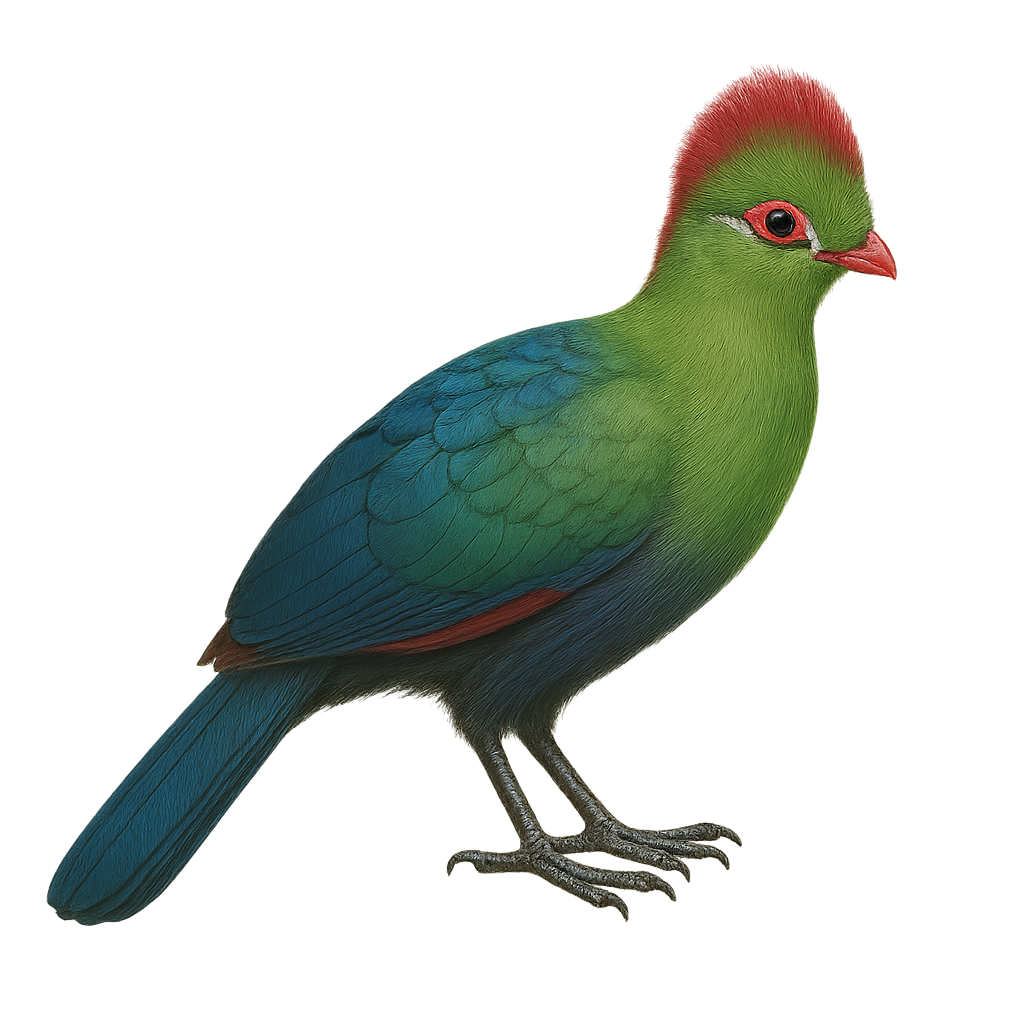Your wildlife photography guide.
Explore the fischer's turaco in detail, study its behavior, prepare your shots.
Where to observe and photograph the fischer's turaco in the wild
Learn where and when to spot the fischer's turaco in the wild, how to identify the species based on distinctive features, and what natural environments it inhabits. The WildlifePhotographer app offers tailored photography tips that reflect the fischer's turaco’s behavior, helping you capture better wildlife images. Explore the full species profile for key information including description, habitat, active periods, and approach techniques.
Fischer's Turaco
Scientific name: Tauraco fischeri

IUCN Status: Near Threatened
Family: MUSOPHAGIDAE
Group: Birds
Sensitivity to human approach: Suspicious
Minimum approach distance: 10 m
Courtship display: March to April
Incubation: 21-23 jours
Hatchings: March to May
Habitat:
Tropical forests, wooded savannas, wetlands
Activity period :
Primarily active during the day, with peak activity in the morning and late afternoon.
Identification and description:
The Fischer's Turaco is a striking bird known for its vibrant plumage and presence in the forests of East Africa. It features a distinctive green crest, feathers in shades of green and blue, and bright red eye rings. This turaco is primarily frugivorous, feeding on various fruits and berries, but it may also consume insects. It is often seen in small groups or pairs, moving nimbly through the canopy. Although its habitat is threatened by deforestation, it remains relatively common in protected areas. Its call is a mix of harsh cries and melodious notes, adding to the soundscape of its natural environment.
Recommended lens:
400 mm – adjust based on distance, desired framing (portrait or habitat), and approach conditions.
Photography tips:
To photograph the Fischer's Turaco, focus on early morning hours when the light is soft and the bird's activity is at its peak. Use a telephoto lens of at least 400mm to capture precise details without disturbing the bird. Be patient and discreet, blending into the environment to avoid scaring it away. Take advantage of moments when it is feeding or singing to capture dynamic shots. A tripod can be useful for stabilizing your camera, especially in the low-light conditions of the undergrowth.
The WildlifePhotographer App is coming soon!
Be the first to explore the best nature spots, track rutting seasons, log your observations, and observe more wildlife.
Already 1 430 wildlife lovers subscribed worldwide

